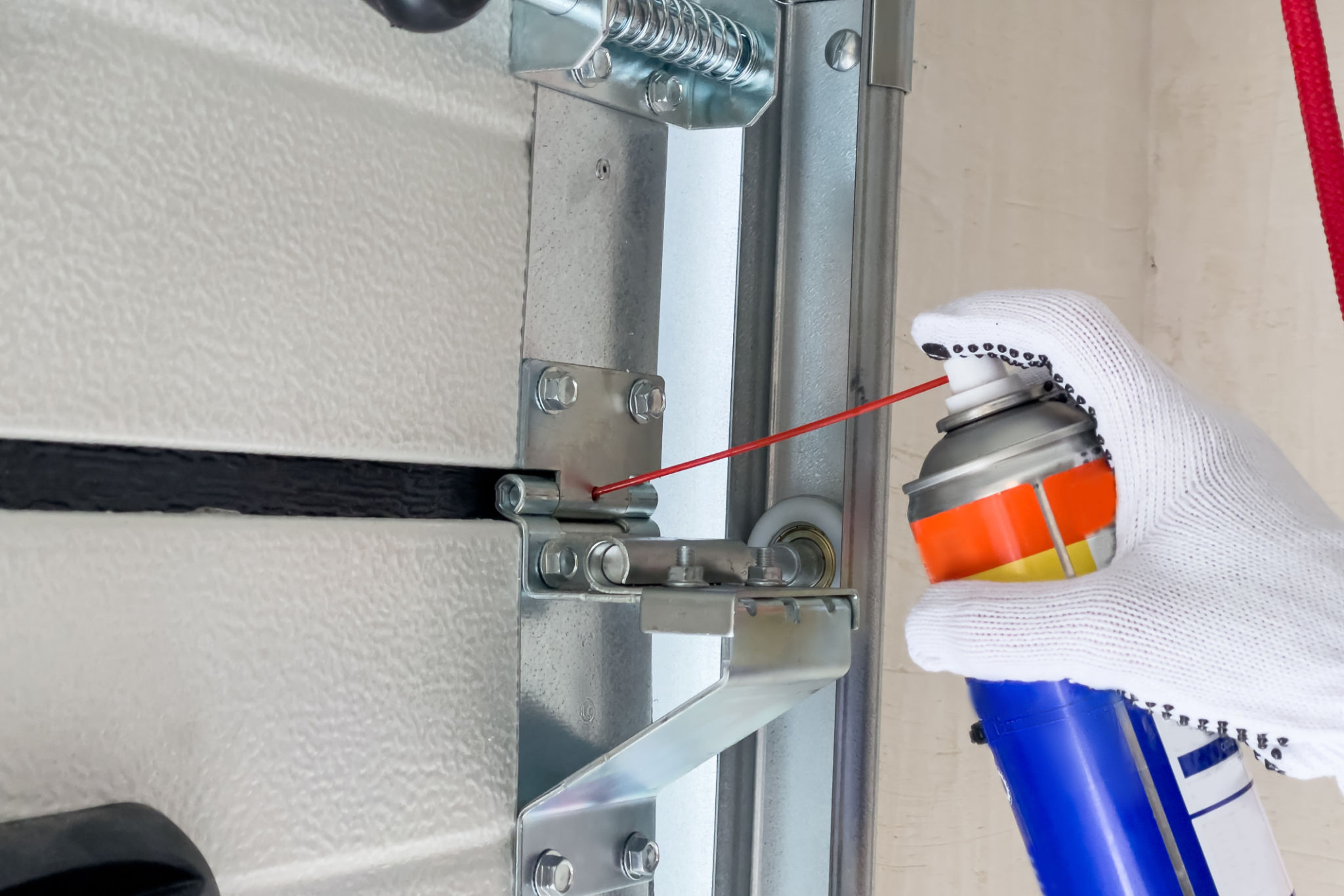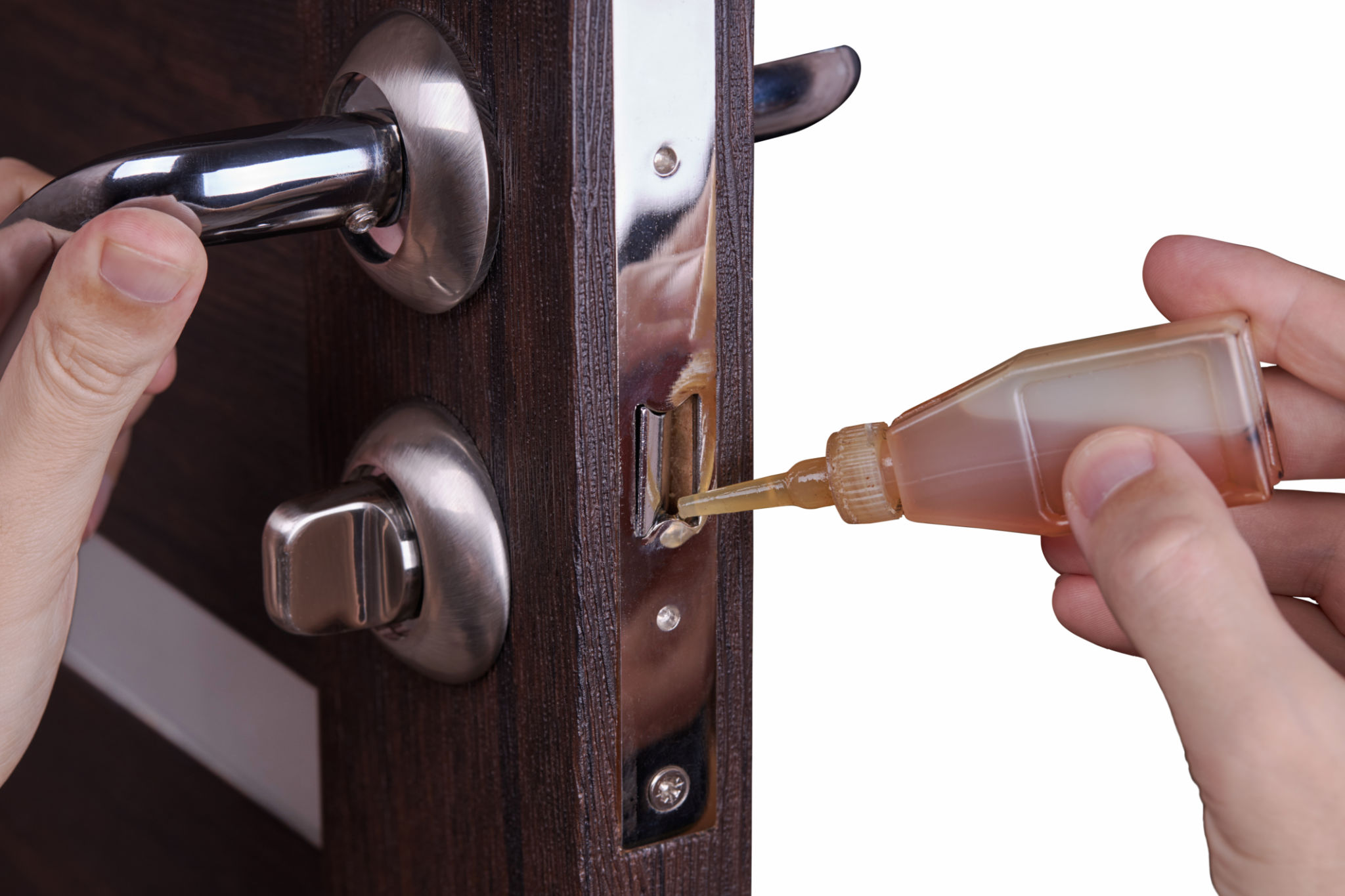DIY Lock Maintenance: Expert Tips from Craftkey
Introduction to DIY Lock Maintenance
Locks are an essential part of our daily lives, providing security and peace of mind. However, like any other mechanical device, locks require regular maintenance to function optimally. At Craftkey, we understand the importance of keeping your locks in top shape. In this guide, we’ll share some expert tips for maintaining your locks and ensuring they operate smoothly for years to come.

Why Regular Maintenance is Essential
Regular lock maintenance isn’t just about preventing malfunctions; it’s about prolonging the life of your locks and enhancing security. A poorly maintained lock can become a target for intruders, and minor issues can quickly escalate into costly repairs or replacements if left unattended. By dedicating time to routine upkeep, you can avoid these potential problems.
One of the simplest maintenance tasks is keeping your lock clean. Dust and debris can accumulate in the mechanism, leading to jamming or sticking. Regular cleaning helps keep these particles at bay, ensuring smooth operation every time you turn your key.
Cleaning Your Locks
To clean your locks, start by wiping down the exterior with a soft, damp cloth. Avoid using harsh chemicals as these can damage the finish. For the internal mechanism, a can of compressed air can effectively blow out dust and debris. If you notice any stubborn dirt, consider using a small brush to gently remove it.

Lubrication is another key aspect of lock maintenance. A high-quality lubricant can prevent rust and ensure smooth movement of internal components. When applying lubricant, focus on the keyway and moving parts. Avoid over-lubricating as this can attract more dirt and grime.
Choosing the Right Lubricant
Not all lubricants are created equal, and selecting the right one is crucial for effective lock maintenance. Silicone-based or graphite lubricants are generally recommended for locks as they provide a dry finish that doesn’t attract dust. Avoid oil-based lubricants which can gum up over time.
Apply the lubricant sparingly and insert the key several times to distribute it evenly throughout the lock's mechanism. This simple step can significantly enhance the performance and lifespan of your locks.

Troubleshooting Common Lock Issues
Even with regular maintenance, you may encounter occasional lock issues. Common problems include keys getting stuck or difficulty turning the key. In such cases, re-lubricating the lock often resolves these issues. If the problem persists, it might be time to call a professional locksmith.
Another common issue is misalignment between the lock and strike plate. This can cause difficulty in locking or unlocking doors. To fix this, check if the screws are loose or if the door has become warped. Adjusting these elements can usually resolve alignment issues.
When to Seek Professional Help
While many lock maintenance tasks can be handled on a DIY basis, some situations require professional attention. If you notice signs of wear and tear that you’re unable to address or if your lock is still malfunctioning after maintenance, it’s best to consult a locksmith.
Professional locksmiths have the tools and expertise to handle complex issues and can provide valuable advice on improving your home’s security system. Remember, timely professional help can save you from more significant problems down the line.
Conclusion
Lock maintenance might seem like a minor task, but its impact on security and functionality is significant. By incorporating these expert tips from Craftkey into your routine, you can ensure that your locks remain reliable and secure. Whether you’re cleaning, lubricating, or troubleshooting, regular care will keep your locks in excellent condition.

